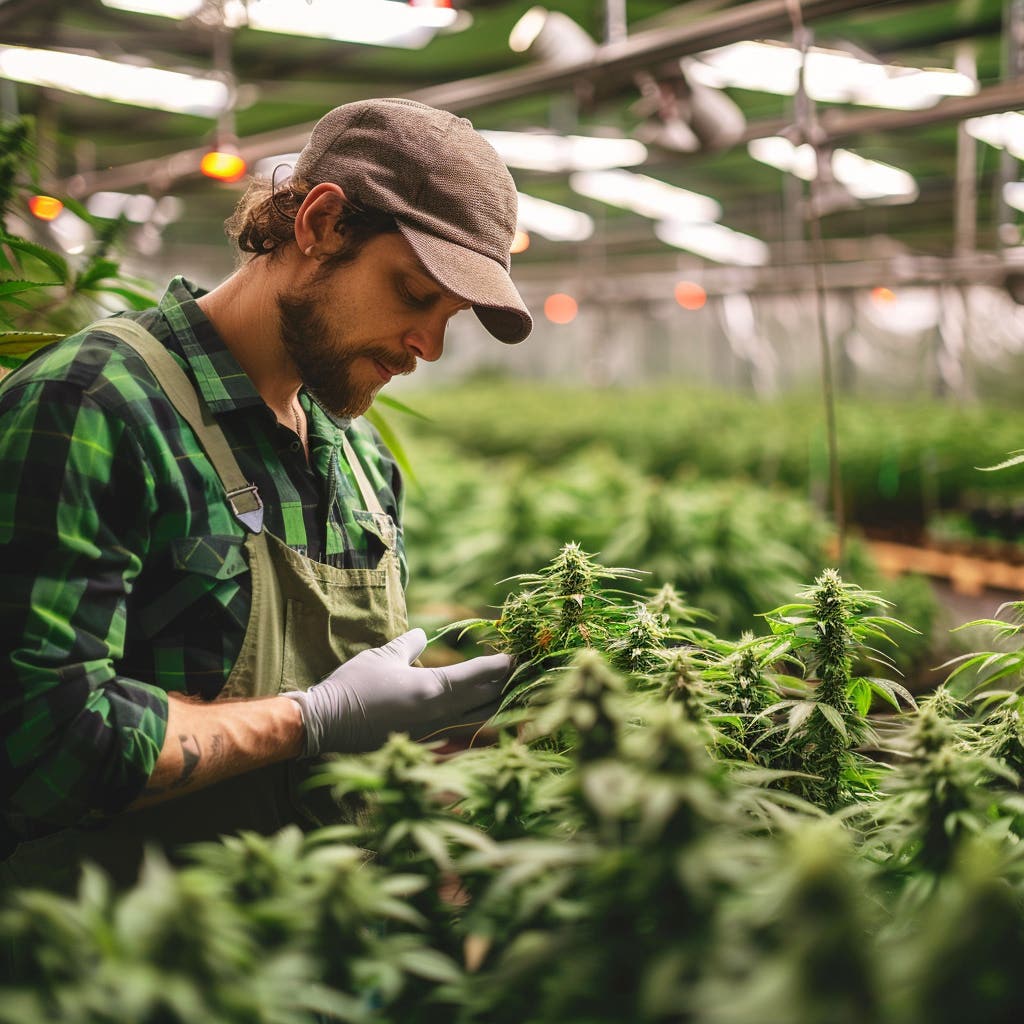Understanding Harm Reduction
Harm reduction is an evidence-based approach that aims to reduce the harms associated with drug use without necessarily requiring abstinence. It recognizes that individuals will continue to engage in substance use, and therefore, it focuses on reducing risks and promoting safer behaviors to minimize negative health and social consequences.
Reducing Opioid Overdoses and Addiction
One area where cannabis has shown promise as a harm reduction tool is in reducing opioid overdoses and addiction. Research suggests that cannabis may serve as an alternative for pain management, potentially reducing the need for opioid medications. In states where medical cannabis is legal, studies have shown a decrease in opioid-related deaths and lower rates of opioid prescriptions.
Substituting for More Harmful Substances
Another potential application of cannabis as a harm reduction tool is its use as a substitute for more harmful substances. For individuals struggling with substance use disorders, cannabis may provide a less harmful alternative that can help manage cravings and withdrawal symptoms. This substitution approach can potentially reduce the risks associated with the use of more dangerous substances.
Safer Consumption Methods
Cannabis can also contribute to harm reduction through its various consumption methods. Inhalation methods, such as smoking or vaporizing, offer a more rapid onset of effects, allowing for better dose control. However, concerns about the potential risks of smoking have led to the development of alternative consumption methods, such as edibles and tinctures, which provide a smoke-free option for users.
Promoting Harm Reduction Practices
In addition to its direct effects, cannabis can promote harm reduction practices in various ways:
-
Education and Awareness: By providing accurate and evidence-based information about cannabis and its potential benefits, individuals can make informed decisions regarding their substance use.
-
Safe Use Guidelines: Establishing guidelines for safe cannabis use, including dosage recommendations, responsible consumption, and awareness of potential risks, can contribute to harm reduction efforts.
-
Access to Quality Products: Regulated markets ensure access to tested and labeled cannabis products, promoting consumer safety and reducing the risk of harmful contaminants.
-
Support Services and Resources: Providing access to harm reduction services, such as counseling, needle exchanges, and overdose prevention programs, can help individuals make safer choices and access support when needed.
Challenges and Considerations
While cannabis has the potential to contribute to harm reduction efforts, it is essential to recognize the limitations and challenges associated with its use. These include:
-
Individual Variability: The effects of cannabis can vary among individuals, and what works for one person may not work for another. Personalized approaches and monitoring are crucial.
-
Legal and Regulatory Barriers: Legal and regulatory frameworks can hinder access to cannabis as a harm reduction tool, making it important to advocate for policies that support harm reduction strategies.
-
Potential Risks: Cannabis is not without risks, and while it may have harm reduction potential for certain substances, it may not be suitable for everyone. Understanding the potential risks and benefits is essential for informed decision-making.
Cannabis holds promise as a harm reduction tool, offering alternatives to more harmful substances, reducing the risks associated with opioid use, and promoting safer consumption methods. By incorporating harm reduction principles and providing education, access to quality products, and support services, the potential benefits of cannabis as a harm reduction tool can be maximized. However, it is crucial to approach its use with caution, considering individual differences, legal frameworks, and potential risks.
















